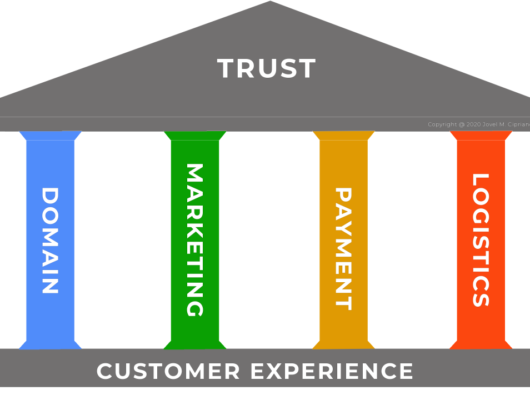In the era of rapid technological advancement, Platform as a Service (PaaS) has emerged as a transformative solution, providing a robust foundation for developers to build, deploy, and scale applications without the complexities of managing underlying infrastructure.
This article delves into the realm of PaaS, unraveling its advantages and how it plays a pivotal role in fostering innovation within the digital landscape.
Understanding PaaS
Platform as a Service (PaaS) is a cloud computing model that provides a comprehensive platform to support the entire application development lifecycle.
PaaS offerings include development tools, middleware, and infrastructure components that empower developers to focus on coding, testing, and deploying applications, while the underlying infrastructure and operational tasks are managed by the PaaS provider.
Advantages of PaaS:
- Accelerated Development Cycles: PaaS streamlines the application development process by offering a pre-configured development environment. Developers can leverage ready-to-use tools and components, reducing the time spent on infrastructure setup. This accelerates development cycles, allowing for quicker time-to-market for applications.
- Cost-Efficiency: PaaS eliminates the need for organizations to invest in and manage the underlying infrastructure. This results in cost savings related to hardware procurement, maintenance, and operational overhead. The pay-as-you-go model ensures that organizations only pay for the resources they use, optimizing budget allocation.
- Scalability and Flexibility: PaaS platforms are designed to scale seamlessly based on application demand. This scalability allows organizations to adapt to varying workloads without the need for extensive reconfiguration. It also provides the flexibility to scale both up and down based on changing requirements.
- Resource Optimization: With PaaS, developers can focus on writing code and building features rather than managing infrastructure. This resource optimization allows organizations to allocate skilled resources where they are most needed, promoting efficiency and innovation within development teams.
- Collaboration and Integration: PaaS platforms often come with collaboration features, enabling teams to work seamlessly across different stages of the development process. Integration capabilities with other cloud services and third-party tools facilitate a cohesive and integrated development environment.
- Automatic Updates and Maintenance: PaaS providers handle routine maintenance tasks, including updates, security patches, and infrastructure management. This ensures that applications run on the latest software versions and benefit from enhanced security measures without requiring intervention from the development team.
Challenges and Considerations:
- Vendor Lock-In: Organizations adopting PaaS solutions may face challenges associated with vendor lock-in. Careful consideration of the platform’s features, compatibility, and exit strategies is essential to mitigate this risk.
- Customization Limitations: While PaaS platforms offer a range of tools and services, some organizations with highly specialized or unique requirements may find certain limitations in terms of customization. It’s crucial to assess whether the chosen PaaS solution aligns with specific business needs.
Conclusion
Platform as a Service (PaaS) stands as a catalyst for innovation, empowering developers to focus on building applications without the complexities of managing infrastructure.
As businesses navigate the digital landscape, the advantages of PaaS position it as a key enabler of efficiency, scalability, and accelerated application development in the ever-evolving world of technology.






